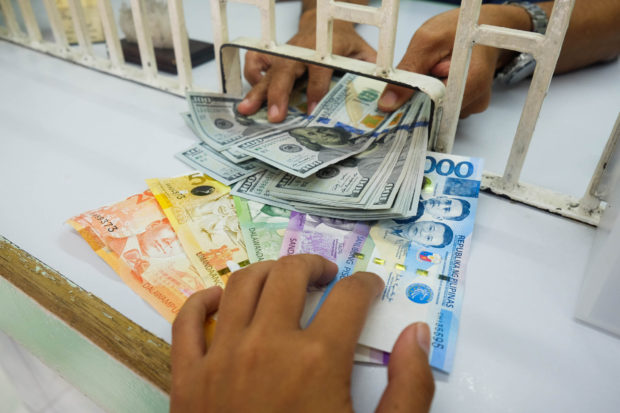Demand for OFWs revving up remittances growth

The need of other countries for doctors and health workers as well as skilled builders and housekeepers—as they recover from the pandemic—as well as increased use of digital financial services are boosting overseas deployment of Filipino workers and shoring up remittances to the Philippines.
Based on the latest forecasts by the Bangko Sentral ng Pilipinas (BSP), remittances from overseas Filipinos workers (OFWs) are expected to grow by 4 percent yearly—not only in 2022 but also in 2023—consistent with long-term trends.
In 2021, personal remittances reached a new record high of $34.9 billion, of which 90 percent or $31.9 billion was sent through banks.
This grew by 5.1 percent from $33.2 billion in 2020, after shrinking by 0.8 percent from $33.5 billion in 2019. Over the past 10 years, personal remittances grew by an average of 5.7 percent yearly.
“It is now getting more and more difficult [for remittances] to grow at 5 percent, 7 percent or so, because we already have a huge base,” BSP Governor Benjamin Diokno said in a media briefing.
Substantial growth
“It would have been easier if we had $10 billion a year, but at more than $30 billion a year, a growth of 4 percent or 5 percent is substantial,” Diokno added.
The BSP said the key factors fueling growth of remittances include the increased global demand for OFWs, particularly jobs related to medical and health services as well as construction and housekeeping — jobs that help host countries in the pandemic recovery process.
In 2021, the number of OFWs deployed to other countries jumped 35 percent to 745,000, rebounding from a 75-percent drop in 2020.
Bilateral deals
Also, the Department of Labor and Employment has entered into Bilateral Labor Agreements with host countries to continue allowing entry of OFWs.
In addition, there is an increased use of digital financial services in remittance transfers, which is seen reinforcing the upward trend of the adoption of these technologies in both domestic and cross-border transactions.
Further, OFWs tend to maintain a proportion of their remittances in Philippine pesos for their families’ upkeep, particularly for basic spending needs.
Diokno noted that remittances have helped spur consumption in the Philippines during the pandemic.
The BSP’s Fourth Quarter 2021 Consumer Expectations Survey showed that households which receive remittances used the funds to buy food and other household needs (96 percent); pay for education (50.5 percent); medical expenses (45.8 percent); and for savings (31.7 percent).
Diokno said the BSP was encouraging senders and recipients to increasingly channel remittances into savings and investments by cultivating financial learning among them. INQ
